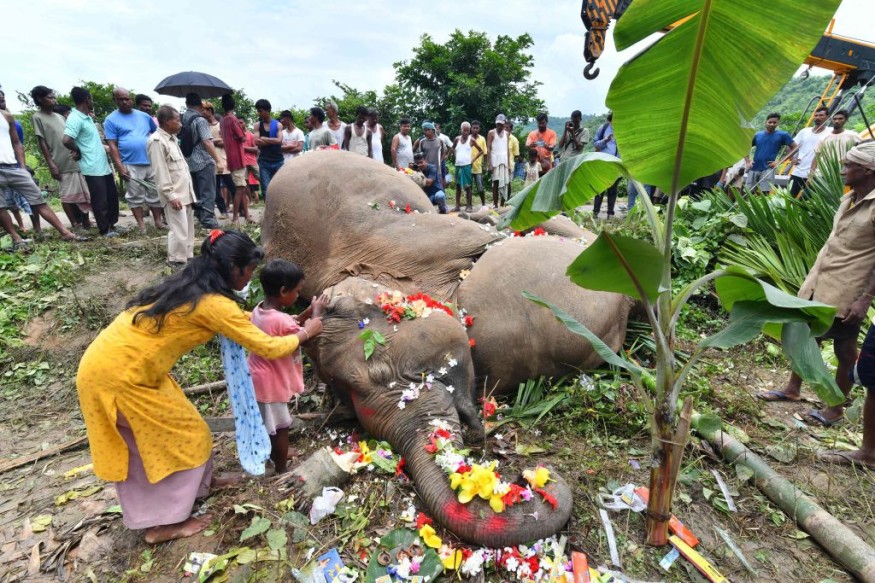A recent study indicated that the deaths of elephants in Africa in the previous years could be attributed to extreme events such as heat and drought.

In 2020, the sudden mortality of African elephants (Loxodonta africana) in Botswana and Zimbabwe had provoked considerable public interest and speculation.
Extreme Events
Experts said that poaching and malicious poisoning were excluded early on in the investigation regarding the cause of their deaths.
Other potential causes included environmental intoxication, infectious diseases, and increased habitat stress due to ongoing drought.
In the study, researchers have shown evidence of the mortalities in Zimbabwe as fatal septicaemia associated with Bisgaard taxon 45, which is an unnamed close relative of Pasteurella multocida.
They analyzed elephant carcasses and environmental samples; and failed to find evidence of cyanobacterial or other intoxication.
The study's results demonstrated that Bisgaard taxon 45 is associated with a generalized, lethal infection and that African elephants are susceptible to opportunistically pathogenic Pasteurella species.
This represented an important conservation concern for elephants in the largest remaining metapopulation of this endangered species.
To recall, the episodic mortality of elephants had occurred in north-western Zimbabwe during past dry seasons (April-October), often as a result of drought or anthrax.
Scientists said that malicious poisoning using cyanide, illegally sourced from the gold mining industry in Zimbabwe, has also caused elephant mortality in recent years.
The findings of the study indicated that in the hot dry season (September-October) of 2019, at least 200 elephants in the area died as a result of drought and starvation.
Further, occasional scattered elephant mortalities have occurred since January 2020.
On the other hand, over the course of late August to November 2020, a mortality event of 35 elephants occurred in north-western Zimbabwe has been recorded.
This most recent event was of particular interest given that it was preceded by a mass mortality event involving 350 elephants in neighboring northern Botswana from May to June 2020.
Experts noted that the common causes of elephant mortality, including poaching and anthrax, were ruled out in Botswana, and the deaths have been attributed to an unspecified cyanobacterial toxin.
"We propose that stress from a combination of heat, drought, and population density were likely contributing factors in this outbreak. Food and water resources normally wane as temperatures rise during the dry season, and elephants must travel increasing distances between water points and foraging areas," the study stated.
Read Also : Death Toll of Borneo Pygmy Elephants Rises
No Other Wildlife
They said that no dead scavengers or other wildlife species were reported or observed in the vicinity of dead elephants as would be expected with cyanide or other intentional poisoning.
Moreover, no elephants had their tusks removed from poaching, and no external signs of trauma were observed.
When hot and stressed, experts said that the elephants have been observed withdrawing fluid from a unique pharyngeal pouch and spraying this over their bodies, and such a pouch might be colonized by Bisgaard taxon.
There is no known health risk from affected carcasses to natural scavengers such as vultures and hyenas.
No elephants had evidence of large cat bite wounds, implicated in prior human infections.
© 2025 NatureWorldNews.com All rights reserved. Do not reproduce without permission.





